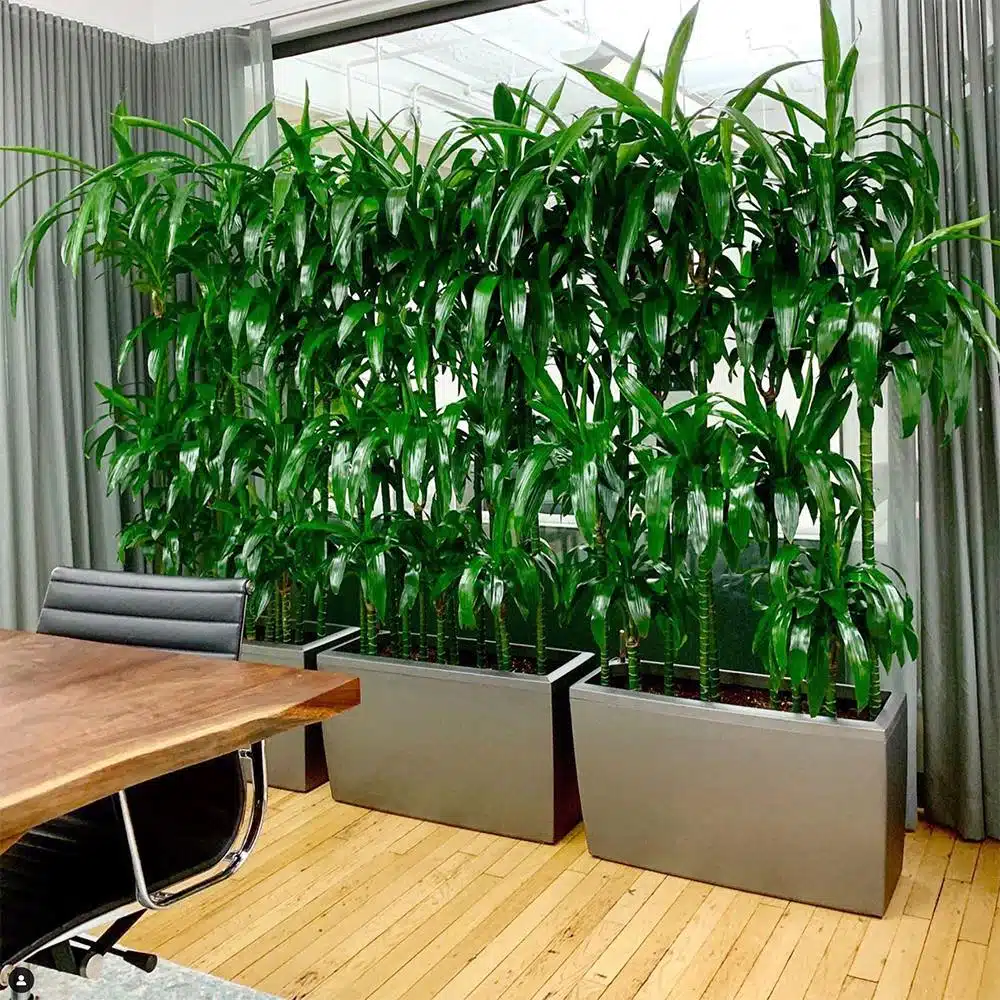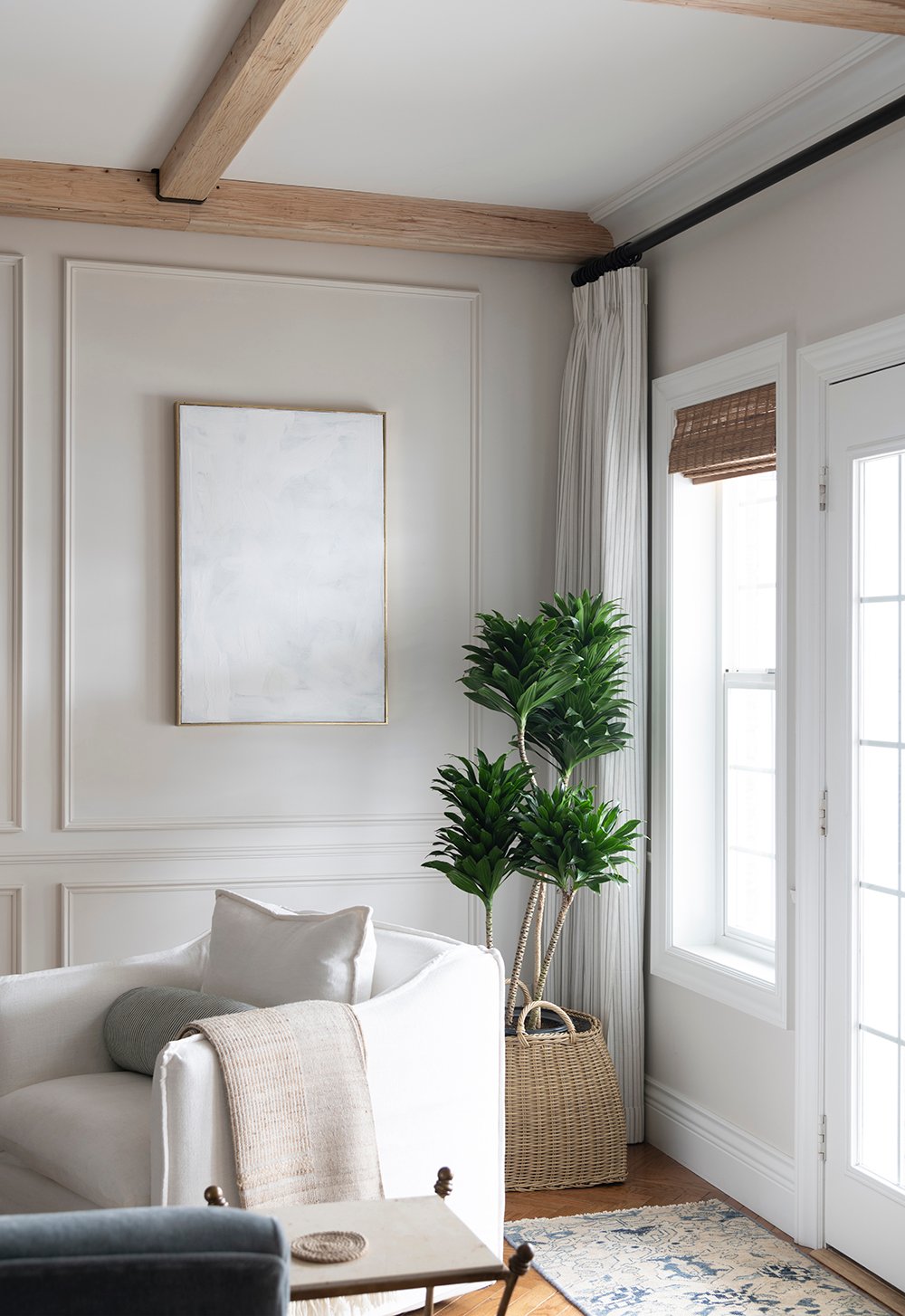The Best Low-Light Indoor Plants to Improve Your Home’s Air Quality
The Best Low-Light Indoor Plants to Improve Your Home’s Air Quality
Blog Article
Transform Your Home With Beautiful Low-Light Indoor Plants and Their Advantages
Incorporating low-light interior plants into your home can dramatically improve both the environmental and visual high quality of your space. These plants, which flourish in dark conditions, offer not only as attractive elements yet additionally as all-natural air purifiers, making them suitable for urban residents or those with restricted sunlight exposure. As we explore the numerous kinds of low-light plants and their advantages, you might discover surprising means to incorporate them right into your home that can transform your environments in ways you might not have actually expected.
Advantages of Low-Light Plants
Low-light plants supply various benefits for indoor atmospheres, making them an outstanding selection for both beginner and seasoned gardeners. Among the primary benefits is their versatility to low-light conditions, allowing people to enhance their space without the demand for considerable sunshine exposure. This particular makes them ideal for homes, workplaces, and other locations with minimal all-natural light.

In addition, including low-light plants right into home decoration can elevate the visual charm of a room. Their rich vegetation and varied textures create a soothing ambience, contributing to overall well-being. Lastly, the presence of greenery has been linked to decreased stress degrees and improved efficiency, making low-light plants a useful selection for improving both physical and mental health in interior settings.
Top Low-Light Indoor Plants
While many indoor plants thrive in bright light, a number of varieties are especially well-suited for low-light problems, making them excellent for various interior areas. One popular option is the Snake Plant (Sansevieria), known for its striking upright leaves and durability, calling for minimal care. One more outstanding alternative is the Pothos (Epipremnum aureum), which features heart-shaped fallen leaves and can trail beautifully from hangers or shelves, prospering in reduced light and including a rich touch.
The ZZ Plant (Zamioculcas zamiifolia) is commemorated for its glossy leaves and ability to stand up to disregard, making it ideal for hectic way of lives. Likewise, the Tranquility Lily (Spathiphyllum) not only endures low light but additionally creates stunning white blossoms, improving any kind of space's visual.
For a distinct touch, consider the Cast Iron Plant (Aspidistra elatior), which undoubtedly measures up to its name, prospering in the darkest edges of your home. The Chinese Evergreen (Aglaonema) uses a range of leaf patterns and colors while being incredibly flexible in low-light problems. These plants not only improve indoor settings but also add to air filtration, boosting your space.
Treatment Tips for Low-Light Plants

Watering practices are vital; these plants typically favor slightly dry conditions. Overwatering can lead to root rot, so guarantee that the leading inch of soil is completely dry before watering again. Use pots with drainage openings to permit excess wetness to run away.
Moisture is one more essential factor. Many low-light plants, such as ferns and tranquility lilies, take advantage of higher moisture levels. To increase moisture, think about misting the leaves or putting a tray of water near the plants.
Fertilizing ought to be come close to with care. During the growing season, utilize a diluted, well balanced liquid fertilizer on a monthly basis to support development, but stay clear of fertilizing during the inactive cold weather.

Innovative Ways to Display Plants
Interior plants can act as fascinating prime focus in any kind of space, improving both aesthetic allure and ambiance. Innovative display screens can boost the visual effect of low-light plants, making them an important part of your home decor. One effective approach is to use see tiered plant stands, which permit you to display numerous plants at varying elevations while maximizing floor room.
Hanging planters are another cutting-edge choice, developing a feeling of deepness and attracting the eye up. Take into consideration macramé wall mounts or wall-mounted racks to introduce an one-of-a-kind appearance and style.
For an extra organized method, usage geometric terrariums or glass containers to house your plants, including a modern-day touch to your interior yard. You can likewise repurpose classic items, such as teacups or wood cages, for an eclectic display screen that reflects your character.
Enhancing Home Ambiance With Plants
Integrating low-light plants into your home not only boosts aesthetic charm yet likewise adds considerably to the total ambiance. These plants work as all-natural style components, presenting a sense of serenity that can change any type of room. The visibility of greenery cultivates a relaxing ambience, which is particularly beneficial in high-stress settings such as home workplaces or living areas.
Low-light plants, such as snake plants, pothos, and ZZ plants, are not just cosmetically pleasing yet likewise boost interior air top quality by filtering contaminants. This dual feature enhances the atmosphere better, producing a much healthier living area (Best low-light indoor plants). The tactical positioning of these plants can likewise affect the perception of room; for instance, high plants can draw the eye upwards, making ceilings appear greater and rooms much more sizable
Moreover, varying textures and colors of vegetation add depth to indoor style, allowing for imaginative expression in home styling. Whether positioned on shelves, in edges, or as focal points, low-light plants can boost the mood of any type of room. In recap, integrating these plants right into your home is an efficient means to cultivate a warm, inviting atmosphere while profiting of boosted air high quality and visual versatility.
Conclusion
Incorporating low-light interior plants right into home environments supplies many benefits, consisting of boosted visual allure and enhanced air high quality. These resistant plants, such as the Serpent have a peek at this website Plant and Tranquility Lily, require minimal light and upkeep, making them appropriate for varied way of lives.
While many indoor plants thrive in bright light, several species are particularly well-suited for low-light problems, making them perfect for numerous indoor spaces. One effective technique is to make use of tiered plant stands, which allow you to showcase numerous plants at varying heights while taking full advantage of floor area.
Low-light plants, such as serpent plants, pothos, and ZZ plants, are not just aesthetically pleasing yet additionally improve indoor air high quality by filtering contaminants. Best low-light indoor plants. The critical positioning of these plants can likewise affect the perception of room; for instance, tall plants can draw the eye up, making ceilings show up view it higher and areas more large
These durable plants, such as the Serpent Plant and Tranquility Lily, require marginal light and upkeep, making them suitable for varied way of livings.
Report this page